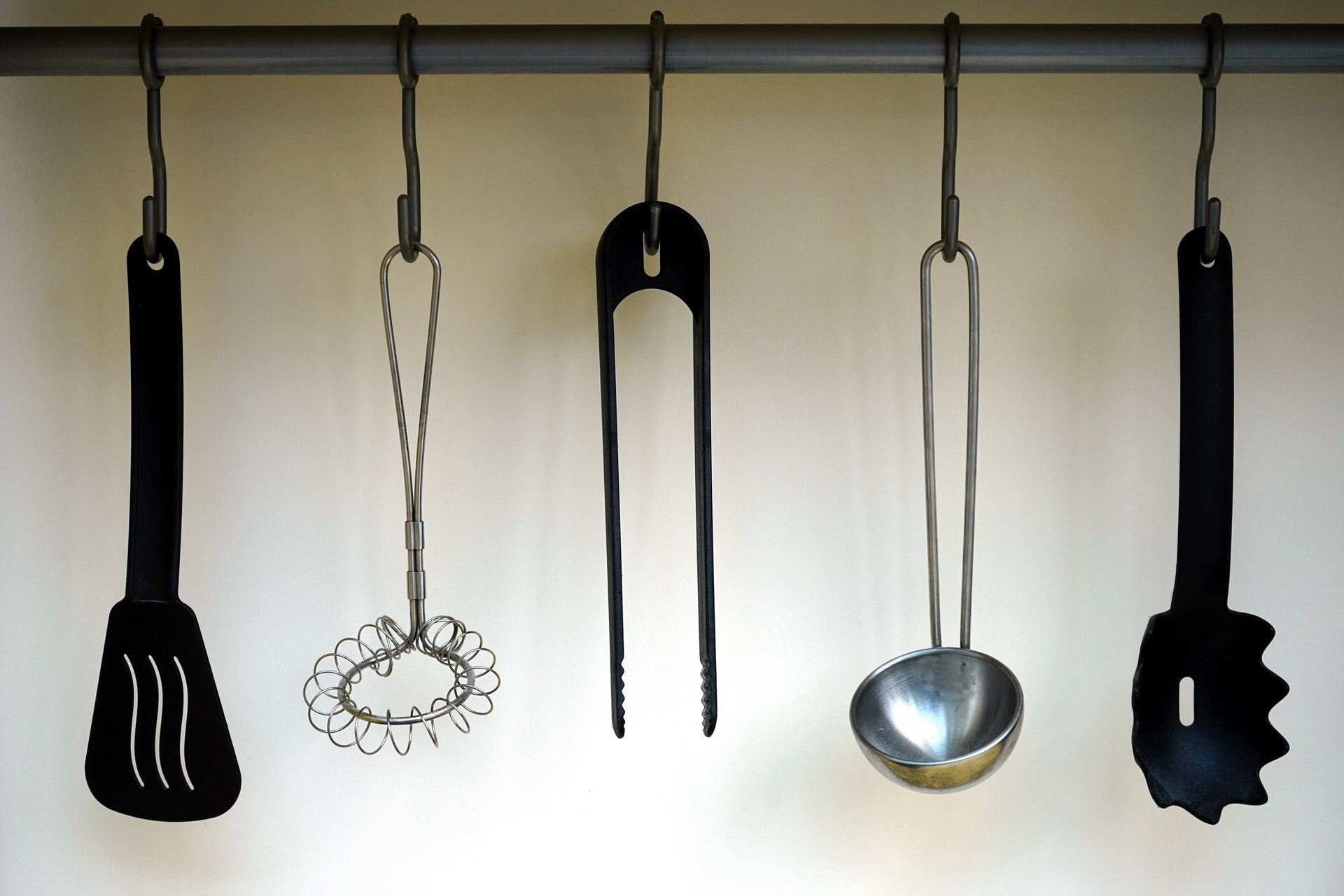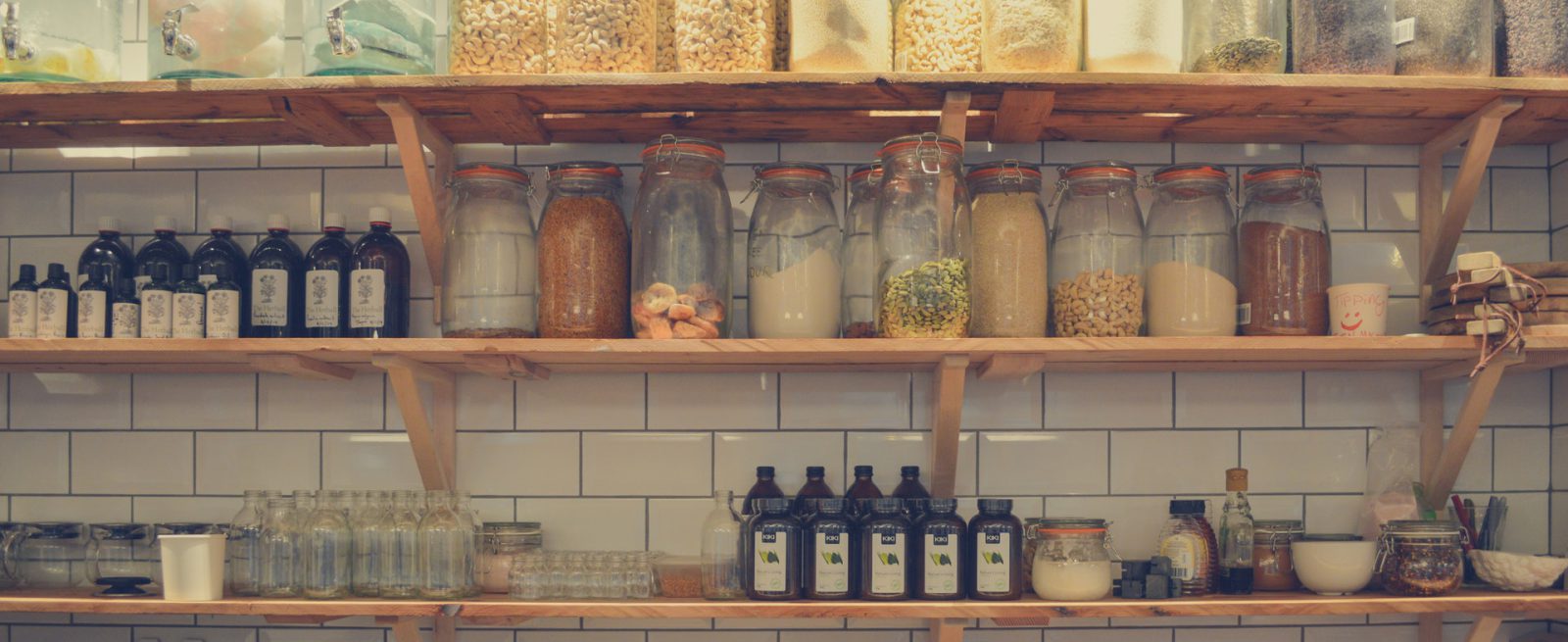Four Kitchen Organization Tools You Should Start Using Today
2 Min Read By AJ Beltis
When the restaurant failure rate is over 26 percent, owners and managers need to take every step to keep their business efficient and organized.
Out of all the places in the restaurant, the kitchen is unquestionably the most chaotic. It’s also the most wasteful. Improper portioning, spillage, and poor food storage depletes inventory – directly eating into restaurants’ bottom lines.
Tools like inventory sheets, kitchen checklists, and recipe cards can help keep the kitchen organized but are useless unless the back of house team agrees to use them.
Below is a list of four crucial kitchen organization tools any restaurant will need in the back of house. Read on to see how they can benefit your operations and download these templates for free here.
Kitchen Opening Checklists
A kitchen opening checklist is a simple and effective tool for starting every day the same way.
Ask any veteran chef and they’ll probably admit once or twice even they have forgotten a rudimentary step in their daily procedures. Therefore, creating a checklist is not only easy, it’s almost essential.
Common kitchen opening tasks include the following:
- Emptying out last night’s dishwasher run.
- Handling morning deliveries.
- Removing food from walk-in freezers/fridges.
If your list gets too big, try breaking it up by section so employees can complete tasks systematically – such as food prep, cleaning/organizing, and general opening tasks.

Par Inventory Sheets
For restaurants without an inventory management software, par sheets are one of the best solutions for tracking food inventory.
Par inventory is a way of setting minimum on-hand inventory quantities for your bar or restaurant. Every time you place a supply order, run through your inventory using this par sheet and determine what is missing from your par level.
For example, let’s say you’re a sub shop and go through around 100 subs a day. Knowing you may get big orders and/or make some mistakes, maybe your par for bread rolls each day is 120 sub rolls.
In this scenario, let’s say you only went through 84 rolls in a given day – meaning if your inventory was up to par, you now have 36 rolls left (120 – 84 = 36). Also, let’s assume tomorrow is your busiest day. To prepare, you want an extra 24 rolls. Therefore, when you place your new inventory order to meet your par level, you’d order 108 more rolls (84 + 24 = 108).
Par inventory sheets also have columns for emergencies, events, peak days, and other instances where a higher par may be required. Using the par inventory sheet in the Restaurant Back of House Guide, the quantities will automatically update when you enter your daily inventory quantities.


